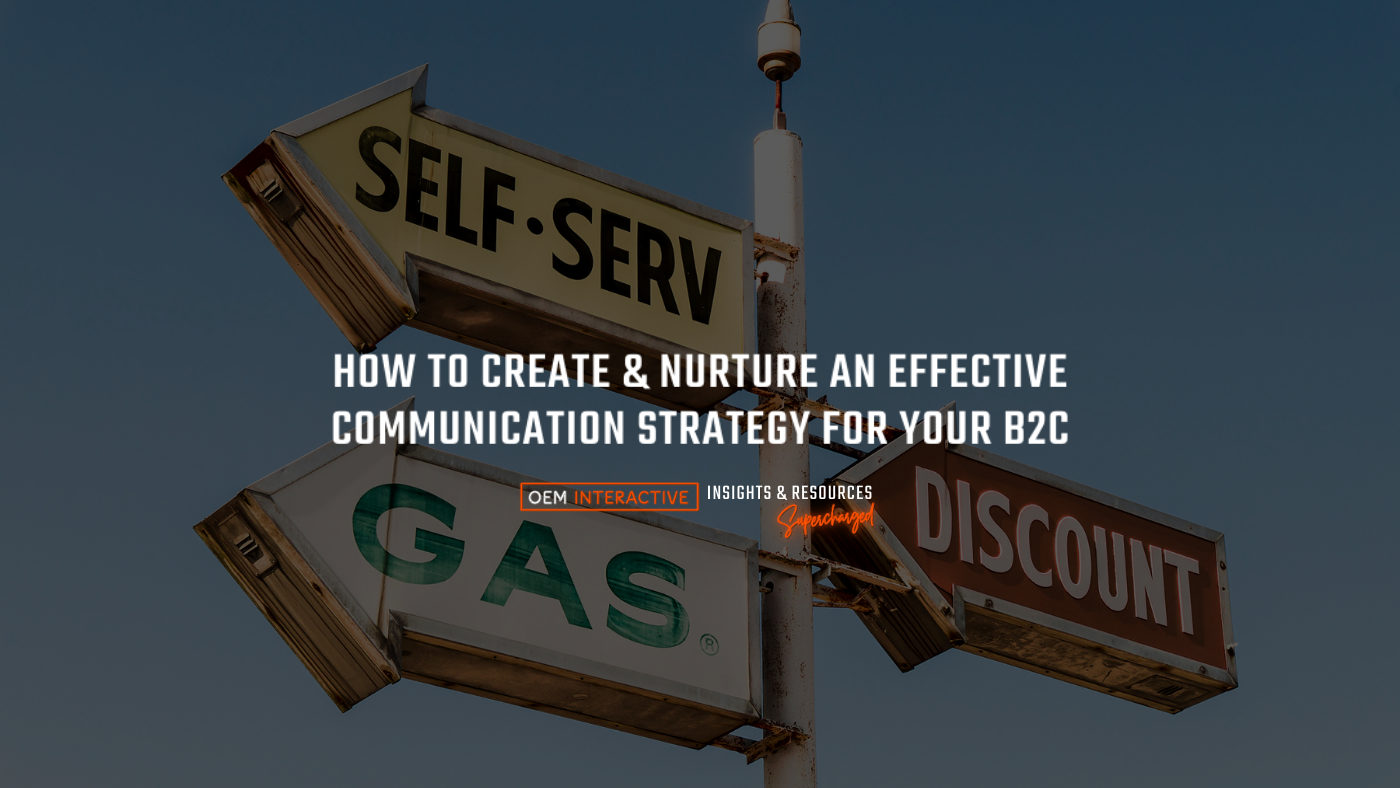When it comes to e-commerce, there are a few key things you need to prioritize in order to be successful. In this multi-part blog series, we will discuss three of the most important topics: SEO, customer service, and customer reviews. Here we go!
1. Prioritize SEO
Any e-commerce website should prioritize SEO. After all, what’s the point of having a great website if no one can find it? Several things can be done to optimize your e-commerce site for search engines.
- Make sure you have unique and keyword-rich titles and descriptions for each product. Once you’ve created unique and keyword-rich titles and descriptions for your products, make sure you keep them up-to-date. Changes in product range should also be reflected in your titles and descriptions. By regularly updating your content, you can ensure that your products remain visible in search engines and increase sales.
- Use alt tags on all your images. Search engines use alt tags to understand the content of an image. You can boost your search engine rankings by including relevant keywords in your alt tags.
- Create a sitemap so that search engines can easily index your pages. It’s much easier than it sounds and usually only takes a few minutes. There are free online sitemap generators like XML-Sitemaps.com or Screaming Frog’s XML Sitemap Generator. Once you’ve created your sitemap, submit it to Google Search Console so that Google can start indexing your pages.
2. Provide easy access to Customer Service
Ecommerce websites must also provide good customer service. If customers have any questions or problems, make sure they can reach you. The easier it is for them to contact you, the better. You can provide customer service via phone, email, or live chat. After all, happy customers are more likely to buy from you again and recommend you to others. Here are a few tips to help you provide the best customer service possible:
- Be responsive. Make sure you respond as soon as possible when a customer contacts you. This shows that you value their business and their time.
- Be helpful. When a customer asks a question, make sure you answer it fully and accurately. If you don’t know the answer, be honest and let them know that you’ll try to find out for them.
- Be friendly. You want your customers to feel like they are talking with a friend, not a robot. When you build relationships with your customers, they are more likely to do business with you again.
- Be available. Keep your contact information up-to-date and easy to find. This includes your phone number, email address, and social media accounts.
3. Highlight customer reviews
Last but not least, don’t forget about customer reviews. Customer reviews are a great way to build trust and credibility with potential customers. If you sell items online, make sure your site has a review section. Ensure that you respond to any negative reviews in a professional and helpful manner. Visit our recent post to learn more about the benefits of customer reviews.

This concludes part one of this series. Stay tuned for part two, where we’ll discuss security, shipping, and returns for e-commerce websites. Thank you for reading!






